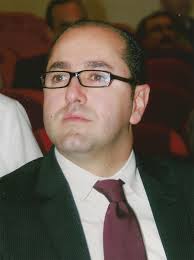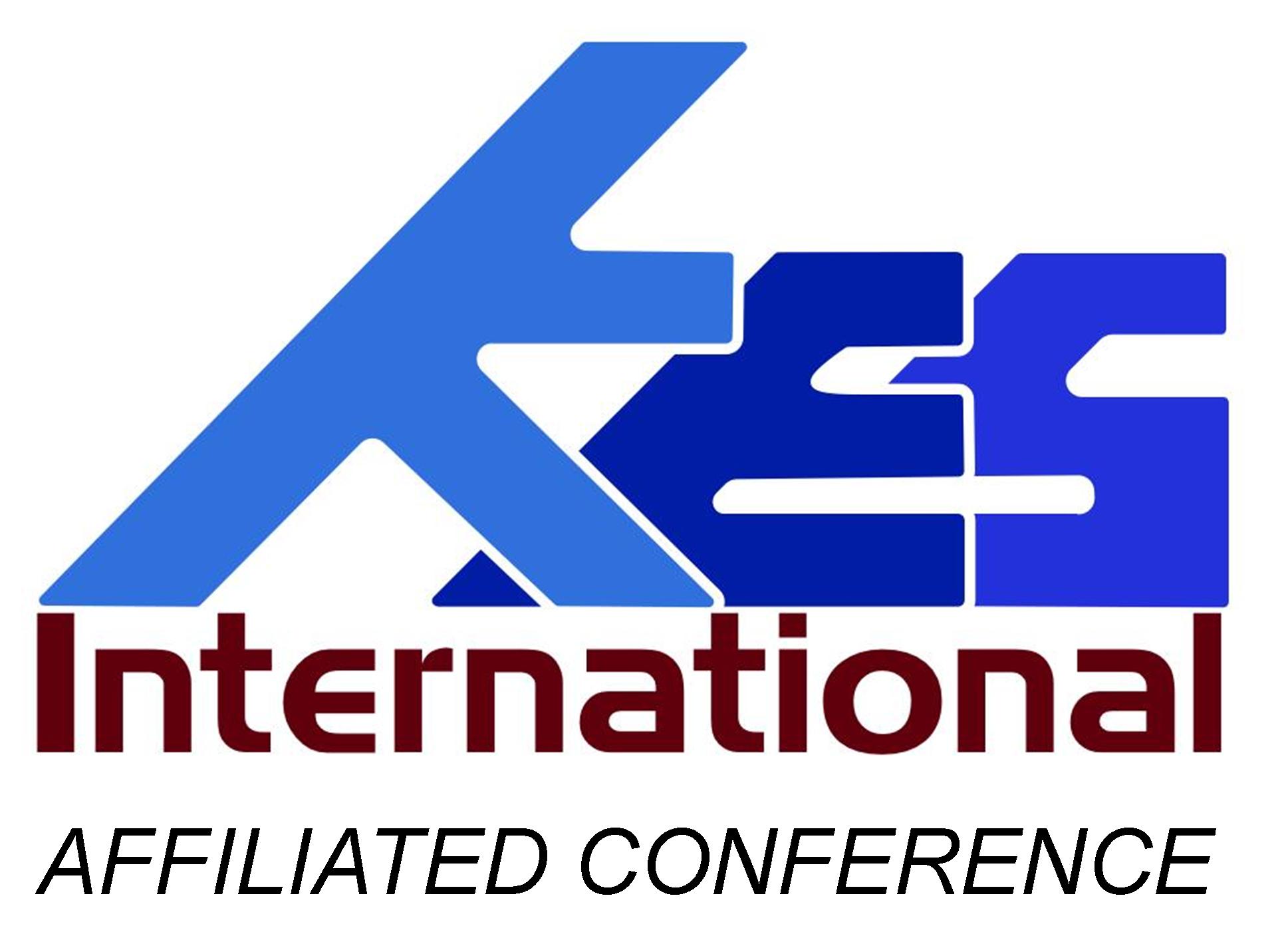





MGEF 2015 Invited KeyNote SPeakers
Keynote Speakers
We are very pleased to inform you that a panel of expertss have been invited to give keynote talks for MGEF-15. Our aim is that these speakers will give our delegates a view about technological and scientific activities in various areas, relating to Mediterranean Green Energies, their exploitation and their use, related to buildings efficiency and in the sustainability.
The invited speakers are listed bellow. The titles and abstracts of their talks will follow.
Note that the list is incomplete at the moment and other speakers will be added over time.
Prof Robert J. Howlett
Executive Chair, KES International; Visiting Professor, Enterprise Bournemouth University
Tel +44 (0)1904 215152 Mob +44 7905 987544 Email rjhowlett@kesinternational.org
Web http://www.rjhowlett.co.uk
KeyNote Title: Innovation in Sustainable Energy Systems
More details will follow...
Prof Robert J. HowlettExecutive Chair, KES International; Visiting Professor, Enterprise Bournemouth University Tel +44 (0)1904 215152 Mob +44 7905 987544 Email rjhowlett@kesinternational.org Web http://www.rjhowlett.co.uk KeyNote Title: Innovation in Sustainable Energy Systems |
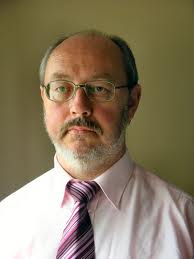 |
|---|---|
Badr Ikken
|
|
Prof Anastasia Zabaniotou Department of Chemical Engineering School of Engineering Aristotle University of Thessaloniki KeyNote Title:Development and Business opportunities in Mediterranean countries by valorising agricultural biomass in the context of Circular Economy and Industrial Symbiosis Abstract: |
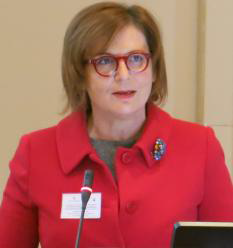 |
Prof Francesca SciarettaIUAV University of Venice, Department of Design and Planning in Complex Environments, Dorsoduro 2206, Convento delle Terese, 30123 Venice, Italy KeyNote Title: SUSTAINABLE REFURBISHMENT OF CULTURAL HERITAGE BUILDINGS WITH REINFORCING PFRP FRAMES Abstract: |
 |
Prof Giuseppe Marco TinaUniversity of Catania; KeyNote Title: Monitoring and Diagnostics for photovoltaic and hybrid solar PVT Power Plants Abstract: Giuseppe Marco Tina: - MS, Electrotechnics Engineering, 1988 University of Catania (UdC) Italy; Ph.D., Electrotechnics Engineering, 1992, UdC. Currently he is associate Professor of Electric Energy Systems at UdC. In 1992 he was guest staff member in Newcastle University (U.K.). From 1993 to 1996 he has been working in the industry with Agip Refineries and ST Microelectronics in Italy, as electrical engineer responsible for electrical facilities operation and maintenance. In 2002 he was associate researcher for INFN ( National Institute for Nuclear Physics), sited in Catania, Italy. Responsible of Erasmus agreements: Universitè de Corse Pascal Paoli (France); University of Jules Verne (France); TECHNOLOGICAL EDUCATIONAL INSTITUTE OF WESTERN GREECE (Greece); University of Jaén, Spain. Keynote speaker at 2012 IEEE EPE conference in Iasi Romania. Invited speaker at ICEEAC (Algeria, 2013), WREC (UK, 2014). Awarded in 2012 of the Diploma di Excelentia in teaching and research in power system from University “Stefan cel Mare”, Suceava, Romania; best paper regular session in SEB 2014 . He is a peer-reviewer of various international journals published by IEEE, IET, Elsevier, and others. He has been the tutor or co-tutor of seven Doctoral students in Electrical Engineering, and of over 50 students preparing the M.S. thesis in Electrical Engineering or Management Engineering. He taught several institutional courses for the Electrical, Mechanical Engineering study degrees. His International scientific production includes 50 journal publications, and over 110 publications in conference proceedings. He is responsible of power system research group at Udc. He is a Member of the IEEE Power and Energy Society, he is vice-president of the section of Catania of the Italian Federation of Electrotechnics, Electronics, Automation, Informatics and Telecommunications (AEIT), and a registered professional Engineer in the Province of Catania, Italy. |
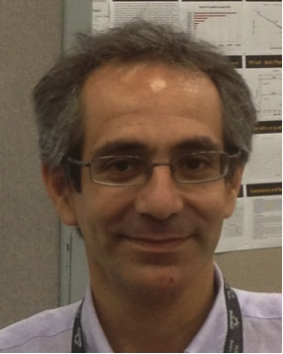 |
Prof Krishna BusaWonKrishna Busawon, PhD, CEng, MIET, Professor in Control Systems Engineering, KeyNote Title: The design and application of output observers for Wind Energy Conversion Systems (WECs) Abstract: There are a growing number of failures of wind turbines so much so that much many governmental funding bodies are wondering whether it is worth investing in such a technology. Some typical faults are blades failure due to high winds, lightening and hail, wear and tear (material fatigue issue) over time and generator failure. The maintenance cost is high especially when the turbines are located offshore. |
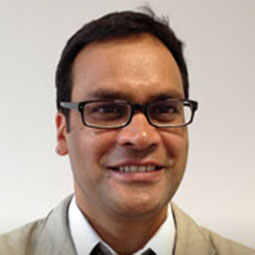 |
Prof Fernando TadeoKeyNote Title: Renewable Energies for Desalination: Some Case Studies Abstract: Desalination plants have a great potential to solve the lack of drinkable water in remote areas. However, they consume a lot of energy (representing around half of the total costs), currently depending on the availability on cheap fossil fuels. Thus, one of the main criticisms of current desalination plants is the significant generation of greenhouse gases. This keynote will review several existing plants that provide most of the energy from renewable sources: From the integration of solar energy with thermal desalination processes to the use of wind energy for powering pressure-based process. The keynote will discuss the difficulties to be overcome (in particular the problem of balancing energy consumption with production), and the advantages and disadvantages of each technology. Biography |
 |
Arch. Despina SerghidesDespina Kyprianou Serghides KeyNote Title: The Mediterranean Case of EPISCOPE Abstract: The European project EPISCOPE has been launched in April 2013. The overall strategic objective of the EPISCOPE project is to make the energy refurbishment processes in the European housing sector transparent and effective. This will help to ensure that the climate protection targets will actually be attained and that corrective or enhancement actions can be taken in due time, if necessary. Biography She is Professor in Bioclimatic Architecture and the Urban Environment and the vice chair of the Department of Environmental Science and Technology, at the Cyprus University of Technology. She is scientific coordinator of European projects and she carries out research in bioclimatic Architecture, energy conscious building design for sustainable indoor and outdoor environments. The architectural design and concepts of her research have been presented and discussed at international congresses, forums and conferences and most of it has been published in international journals and proceedings. She studied Architecture at the Architectural Association School of Architecture (AA) London, UK. She continued postgraduate studies in Planning at the Planning Department of the AA. Also from the AA she obtained her Master and Doctorate in “Architecture – Energy & Environment”. She is the president of the International Solar Energy Society of Cyprus (ISES) and member of the Board of Directors of ISES-Europe of which she was the president. She has acted as a consultant for the Cyprus Government and Parliament and has been the national scientific representative of the National Scientific and Technical Co-operations with Greece and China. She gives lectures at National and international Universities and Institutes. She is on editorial boards and a reviewer in scientific journals and international conferences. She was honored with a lot of scholarships, awards and offices. She chairs and participates in organizing and scientific committees of International and National conferences, seminars and congresses of which she is invited plenary or and keynote speaker and presents papers. |
 |
Professor Yasser Gaber Dessouky Dean of Scitific Research and Innovation Arab Academy for Science, Technology and Maritmire Trasport, Alexandria, EGYPT
KeyNote: Optimum Utilisation of Hybrid Advanced Wave and Wind Energy for Innovative Sustainable Power Generation and Sea Water Desalination for Clean Environment Abstract: Access to clean technology remains the linchpin for the global transition to a resource-efficient, green economy. In many cases, replacing old technologies with modern, sustainable alternatives can save money, improve human health, generate ‘green' jobs and benefit the environment all at the same time. Accelerating a green-technology transition in the MENA region will pose scientific, technical, political, and cultural challenges. Central to overcoming those challenges will be a two-part social process: first, developing a widely shared understanding of the imperatives and opportunities of the transition, and second, developing a strategic consensus that leads to coherent, positive action. This process must occur within and among nations. Among renewable power resources, sea waves are a promising energy carrier because they are able to manifest an enormous amount of energy in almost all geographical regions. The theoretical global energy from waves is about 100 times the total hydroelectricity generation of the whole planet. Producing this amount of energy with fossil fuels would result in emission of 2 million tons of CO 2 . This means that wave energy could play a central role in attenuating pollutant gases in the atmosphere, as prescribed by the Kyoto Protocol. Renewable energy technology is steadily gaining importance in the world energy market as a result of the limited nature of fossil fuel supplies, the national requirements for a secure energy supply, as well as the political pressure to reduce carbon emissions. Advances in technology have facilitated a rapid increase in the penetration levels of wind power; while ocean wave energy technology has historically struggled to commercially implement its potential, the last decade has been witness to a maturing of a number of technologies which are now conducting sea trials with full scale prototypes. This key note will address a way to develop an Energy Conversion System (ECS) which uses the mechanical energy harnessed from waves to desalinate water and generate electricity, and integrate it with wind power energy conversion. The Wave Hunter Converter (WHC) , a novel device for extracting energy from waves, has been invented by the partner Blue Power Company . The advantage of the WHC is its capability to directly transfer a small-displacement of the floats to generate power and desalinate water without intermediate mechanical stages. The novel WHC has been simulated and tested for a low power range (1kW) at Ain Shames University Labs. This device can efficiently convert energy from sea waves of high as well as low wave amplitude by directly converting up and down motion of floats to continuous unidirectional rotational shaft power. Thus the device can be used at different places with varying potential of wave energy. The WHC shall be integrated with wind mills to maximise the rig space utilisation. The ECS test rig will be built in Alexandria Governorate in Egypt and the fluid mechanics of this system will be studied at Hamburg University of Technology (TUHH), in Germany. This ECS could be applied to many coastal cities in the EU-MENA region to generate power either for an interconnected grid or for isolated loads and to desalinate water. Biography: Professor Yasser G. Dessouky has graduated from Alexandria University in 1991. He got his PhD from Heriot Watt University, UK in 1998. He is a professor in the Department of Electrical and Control Engineering of the AASTMT since 2006. He was the Vice Dean in the College of Eng. & Tech. (2008-2011), and the Program Chair of the Electrical and Control Eng. Dept. (2011-2012). Currently, he is the Director of Scientific Research and Innovation. . He is a m ember of: the World Renewable Energy Network (WREN) UK, the DeserTech University Network (DUN) Hamburg Germany and RMEI. Professor Dessouky is an Editorial board member for many Journals and a consultant with the many Industrial Companies. He has a patent from the Patent Office in UK. He is leading many research grants such as Technology, Innovation and Commercialization Office (TICO), funded by the Ministry of Scientific Research . He is the AASTMT PI of an ErAfrica project funded by the EU entitled , 'Development of an advanced high-efficient low-cost power-generation with minimum carbon emission from hybrid-fuel supplies ', May 2014 – April 2017, for 980,000 Euro, and the AASTMT PI of a TEMPUS EU project entitled , 'Highway and Traffic Engineering: Curricular Reform for Mediterranean Area', Dec. 2013- Nov. 2016, for 1,300,000 Euro, and a member in TEMPUS project, 'Clean Energy and Research in Environmental Studies (CERES). He supervised many PhD and MSc thesis and has published about 50 research papers. |
 |
| Enzo Siviero, Full Professor • IUAV – Venise, ItalyKeyNote: TUNeIT : a bridge between Tunisia and Sicily as a sustainable energy generator Abstract: coming soon Biography: He deals with conceptual and detail design, structural monitoring and diagnostics, functional upgrade and consolidation of bridges, viaducts and footbridges. He carries on a peculiar research activity about the issue of the bridge, both in the academic and professional field, teaching especially Structures to students of Architecture. Since 2010, he has been the Vice-Director of the LabSCo
|
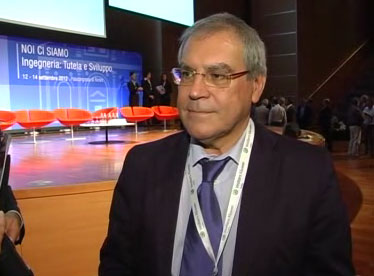 |
To be completed later.
